What Kind of Math do You Need to Be a Medical Assistant?
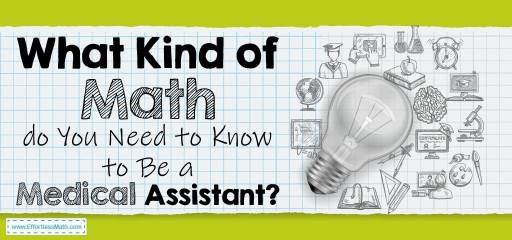
Medical assistants are key members of the medical team. They perform many duties that help to keep the office running smoothly.
One important job is calculating medication dosages. The math skills needed for this task depend on what kind of medication you’re prescribing, but there are some basic calculations that all medical assistants should know how to do. This article will discuss these skills and more!
Basic Mathematics
Most medical assistants will be expected to perform the following calculations at some point in their careers.
Simple operations like addition, subtraction, multiplication, and division should easily be done by medical assistants. Not only will this help them calculate the right dosage of medication but numbers can also be easy in understanding lab results.
Fractions, Decimals, and Percentages
Many medical assistants will be expected to convert fractions and decimals into percentages. They may also need to do the opposite, converting a percent into a fraction or decimal. This is important because many medications are prescribed as percentages of an entire dosage.
Ratio, Percentages, and Proportions
These calculations can get very advanced in medicine but most commonly they’ll deal with medication dosages that have been changed from their original ratio or proportion due to interactions between drugs called “drug-drug interactions.”
For example, if there were two different types of insulin available for use it would be necessary for your patient’s medical assistant to know how much each drug should take up out of the total amount given for treatment before administering them together. Understanding these concepts will help you become a better medical assistant.
Algebra in Medical Field
Many medical assistants will need to know how to use basic algebra. This is more common in bigger hospitals where many things are happening at once and it may be necessary for a patient’s assistant to calculate medication dosages that may have been changed. It is also used to calculate the vitals of any patient.
Statistics
Statistics can help medical assistants understand different graphs. They may be asked to read a graph and recommend treatment based on what is in the graph.
Additionally, understanding statistics lets you understand how different diseases affect populations in real-life situations.
What Kind of Math Do You Need?
Not all medical assistants will perform these calculations but knowing them not only gives you an edge over other applicants but can also prepare you for your future career as a Medical Assistant!
Being a medical assistant requires much more than just knowing your way around an office space and being able to answer phone calls.
Your patients will rely on you for their healthcare needs which means that they’ll need someone who can handle any type of math problem thrown at them from prescriptions to lab results! Learning these skills as early as possible will help prepare you for when it comes time to apply for jobs after school or even college where many schools offer programs specifically geared towards training students with the right skill set needed in today’s job market.
Related to This Article
More math articles
- How to Find the x-Intercept of a Line?
- How to define Polar Coordinates
- 3rd Grade ISASP Math Worksheets: FREE & Printable
- The Ultimate OAA Algebra 1 Course (+FREE Worksheets)
- Limits: What is the Neighborhood of a Point
- Gain Access to the Answers: Explore the Solution Manual for “CHSPE Math for Beginners”
- 5 Best Smartphones for Math Teachers
- How to Understand the Properties of Isosceles and Equilateral Triangles
- 4th Grade Georgia Milestones Assessment System Math Practice Test Questions
- The Best Standing Desks for Online Teachers
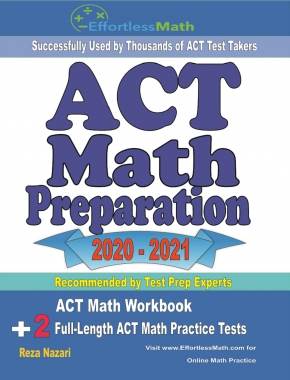
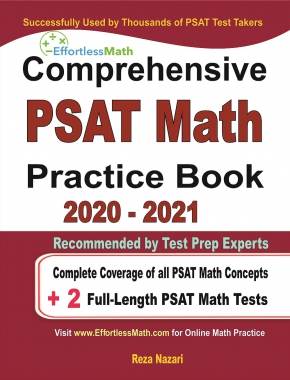
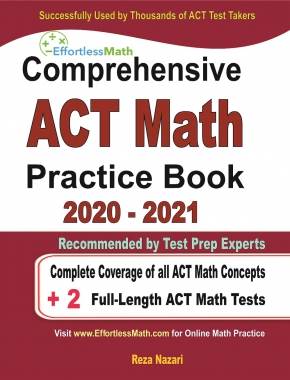


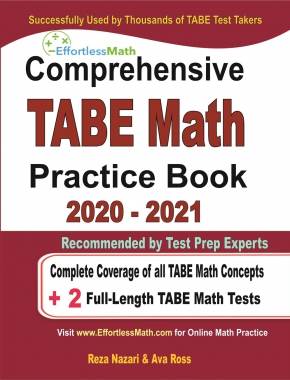

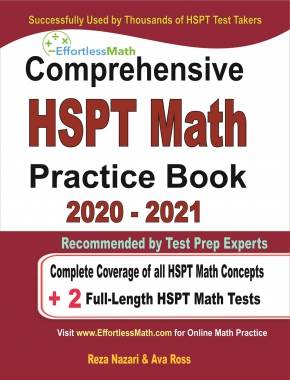

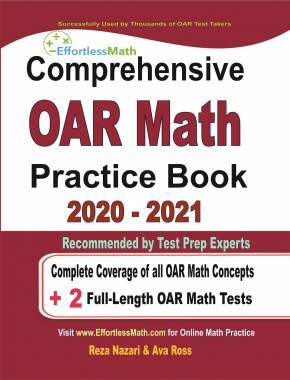
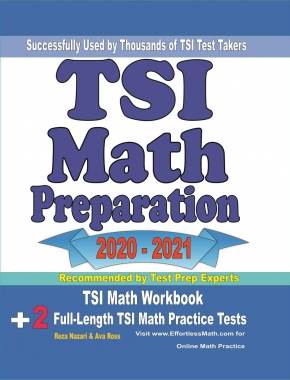
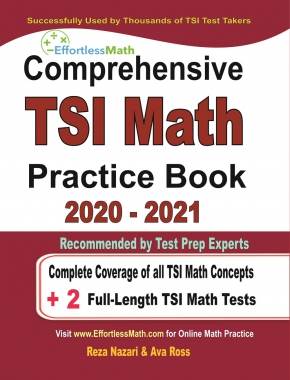
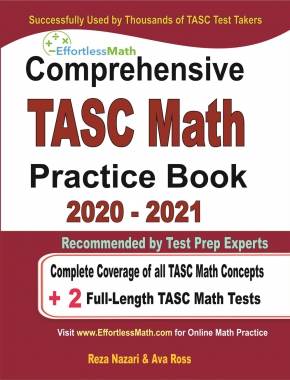
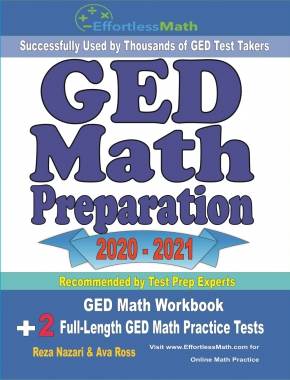





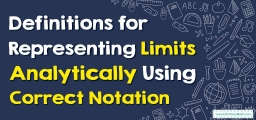
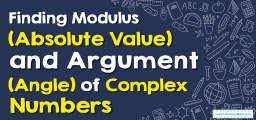





What people say about "What Kind of Math do You Need to Be a Medical Assistant? - Effortless Math: We Help Students Learn to LOVE Mathematics"?
No one replied yet.